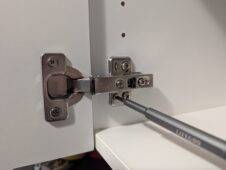Incandescent vs. LED Bulbs – Which to Choose?
Lighting is an essential aspect of any home, but choosing the right type can be tricky. Ever wondered why some bulbs last longer or are more energy-efficient than others? Today, we delve into the world of incandescent and LED lighting, helping you make an informed decision for your next light bulb purchase.
Start your next woodworking adventure with TedsWoodworking! Dive into 16,000+ projects and bring your ideas to life. Build unique furniture and master new skills with Ted’s detailed, step-by-step plans guiding you every step of the way.
What is Incandescent Lighting and How Does It Work?
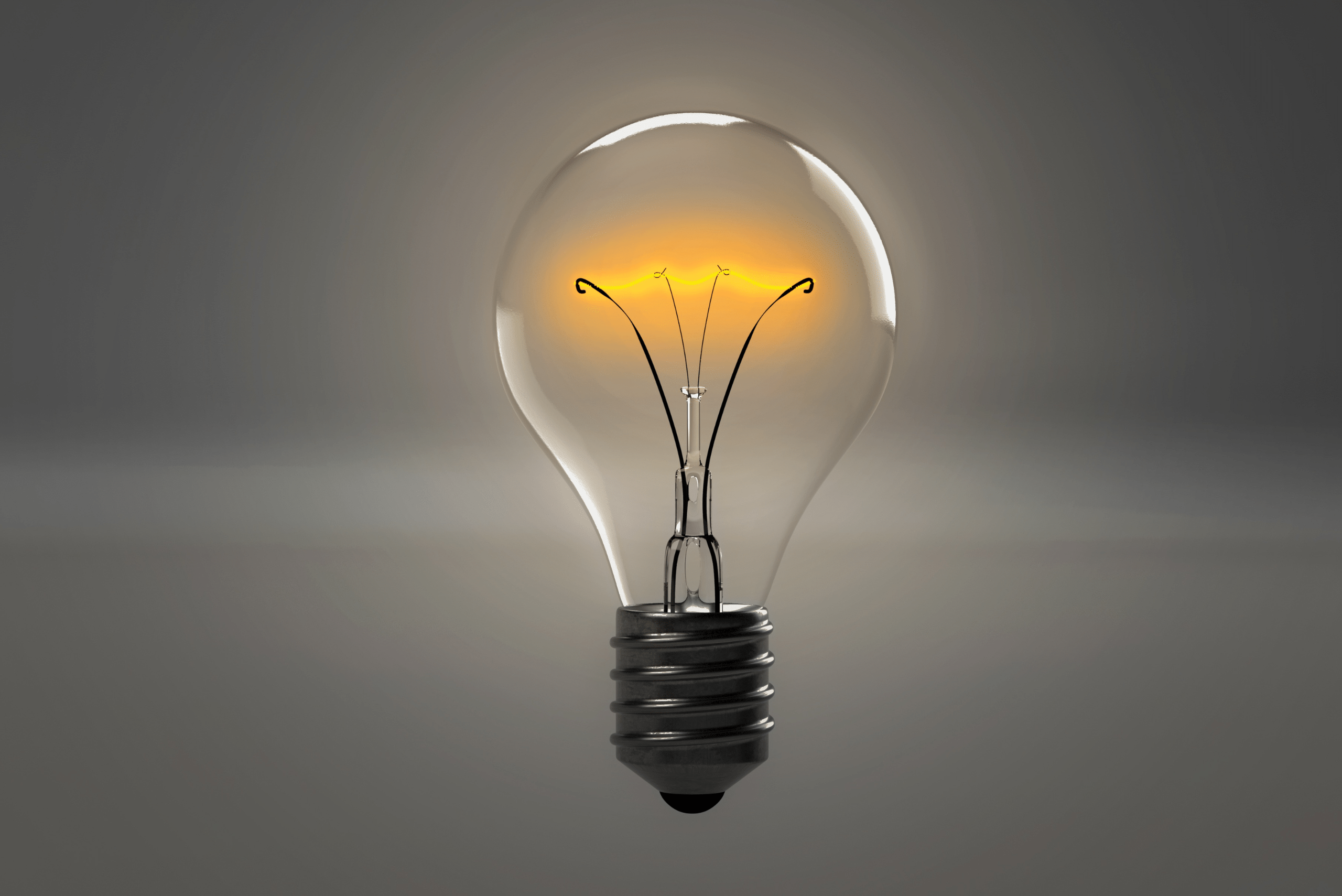
Incandescent lights are the classic bulbs many of us grew up with. These bulbs produce light by heating a tungsten filament until it glows. The filament is enclosed in a glass bulb filled with an inert gas or vacuum, preventing it from burning out quickly. This technology has been around since the 1800s and remains popular due to its simplicity and affordability.
However, the downside is that incandescent bulbs are notorious for their inefficiency. A significant portion of the energy consumed is converted into heat rather than light, making them less energy-efficient compared to modern alternatives. This inefficiency results in higher energy bills and a shorter lifespan.
The Benefits of Incandescent Lighting
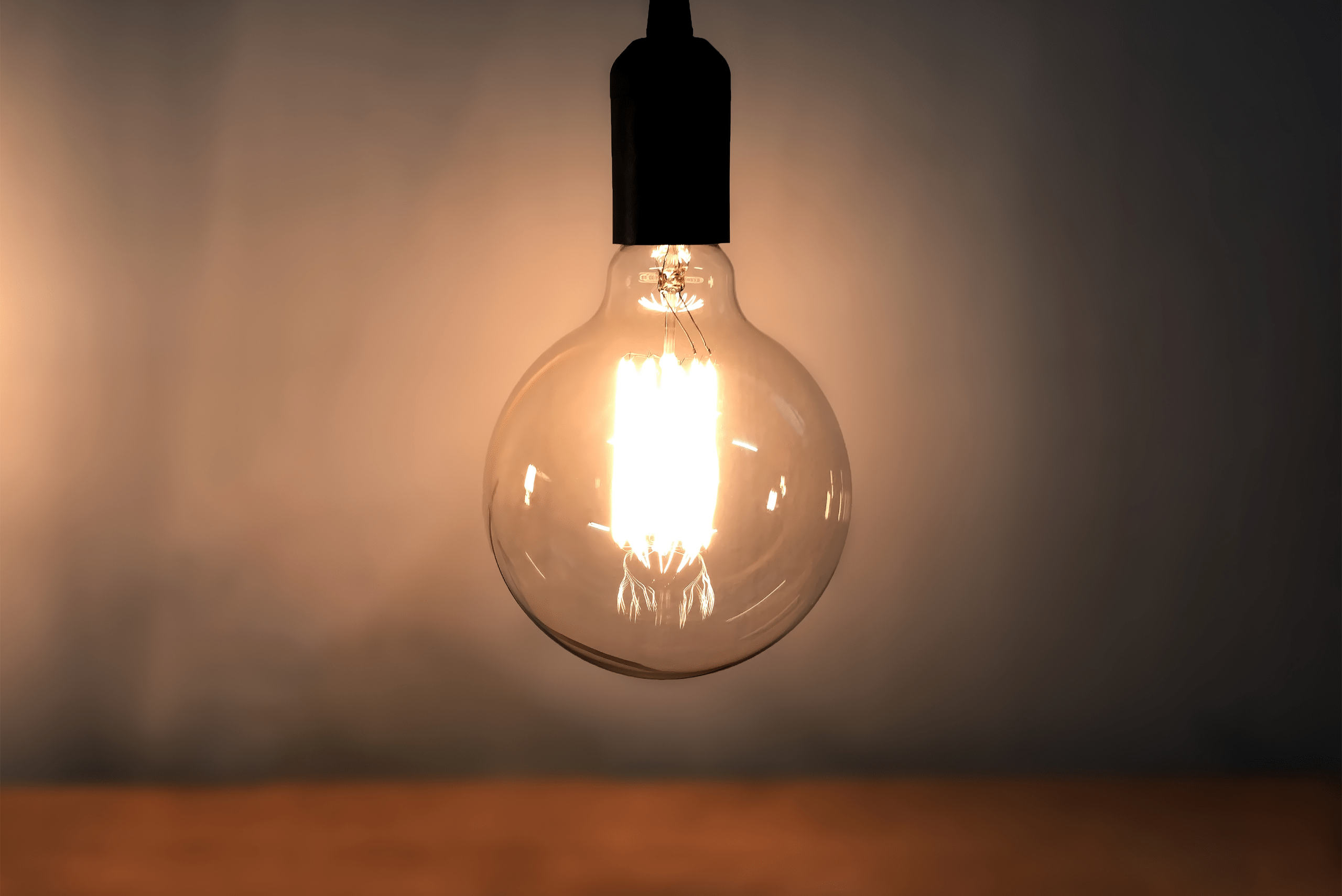
Despite their inefficiency, incandescent bulbs have some advantages. They are inexpensive and widely available, making them a go-to choice for budget-conscious homeowners. Additionally, these bulbs offer excellent color rendering, meaning they produce light that closely resembles natural sunlight. This feature is particularly beneficial for tasks requiring accurate color perception, such as painting or crafting.
Another benefit is their compatibility with a wide range of dimmers and lighting fixtures. Incandescent bulbs can be dimmed easily, allowing for greater control over the ambiance of your space. However, frequent dimming can shorten their already limited lifespan, so it’s essential to weigh this factor when planning your project.
The Drawbacks of Incandescent Lighting
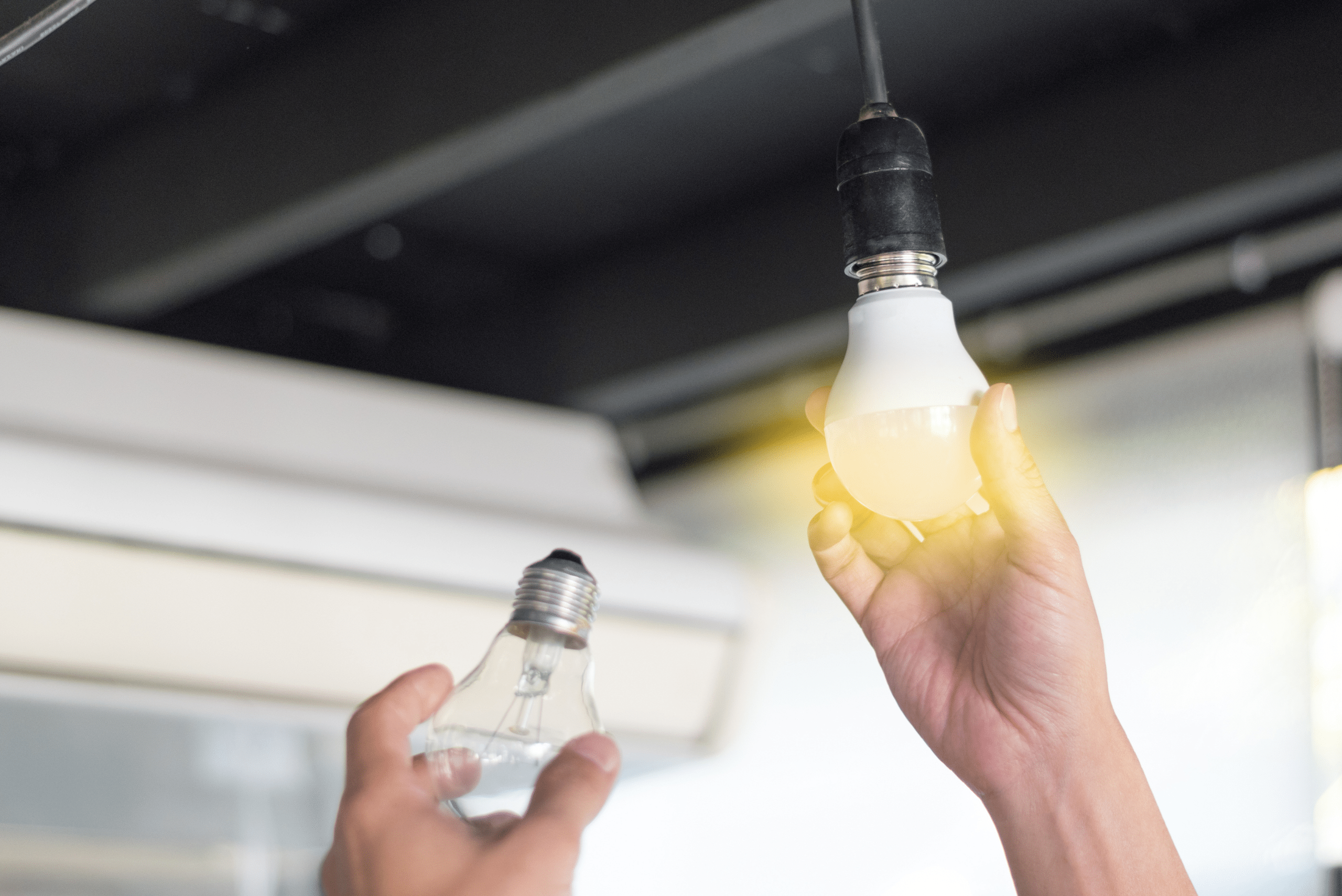
One of the most significant drawbacks of incandescent lighting is its short lifespan. On average, an incandescent bulb lasts about 1,200 hours, meaning you’ll need to replace them frequently. This frequent replacement not only adds to the cost but also increases maintenance efforts, which can be a hassle.
Additionally, their energy inefficiency results in higher electricity bills. Incandescent bulbs convert only about 10% of the energy they consume into light, with the remaining 90% lost as heat. This inefficiency makes them a less eco-friendly option, contributing to higher carbon footprints and increased energy consumption.
What is LED Lighting and How Does It Work?
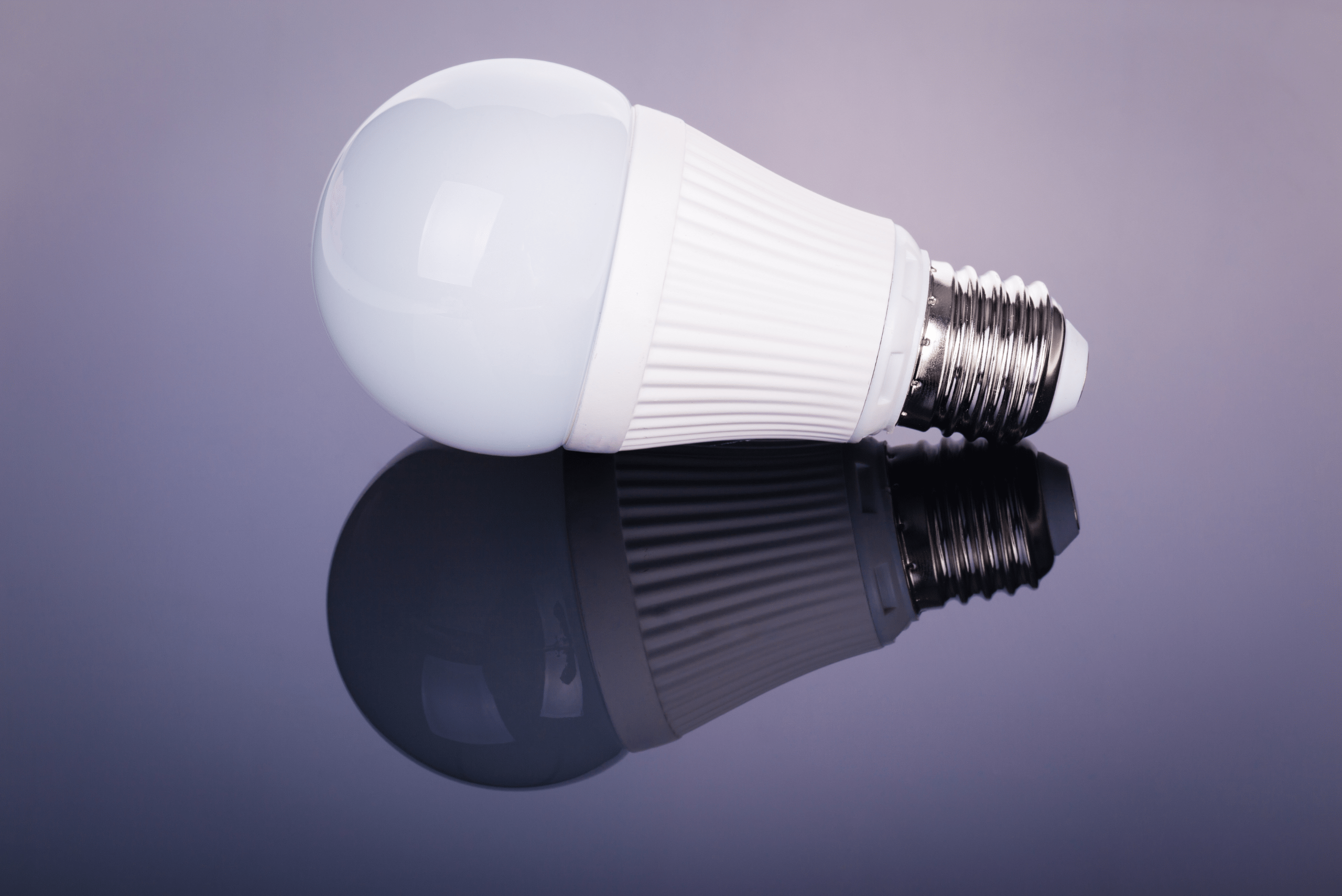
LED, or light-emitting diode, technology represents a significant advancement in lighting. Unlike incandescent bulbs, LEDs do not rely on heating a filament to produce light. Instead, they use a semiconductor material that emits light when an electric current passes through it. This process is highly efficient, converting most of the energy into visible light.
LEDs are known for their durability and long lifespan, often lasting between 50,000 to 100,000 hours. This longevity makes them an excellent investment, reducing the need for frequent replacements and minimizing maintenance efforts.
The Benefits of LED Lighting
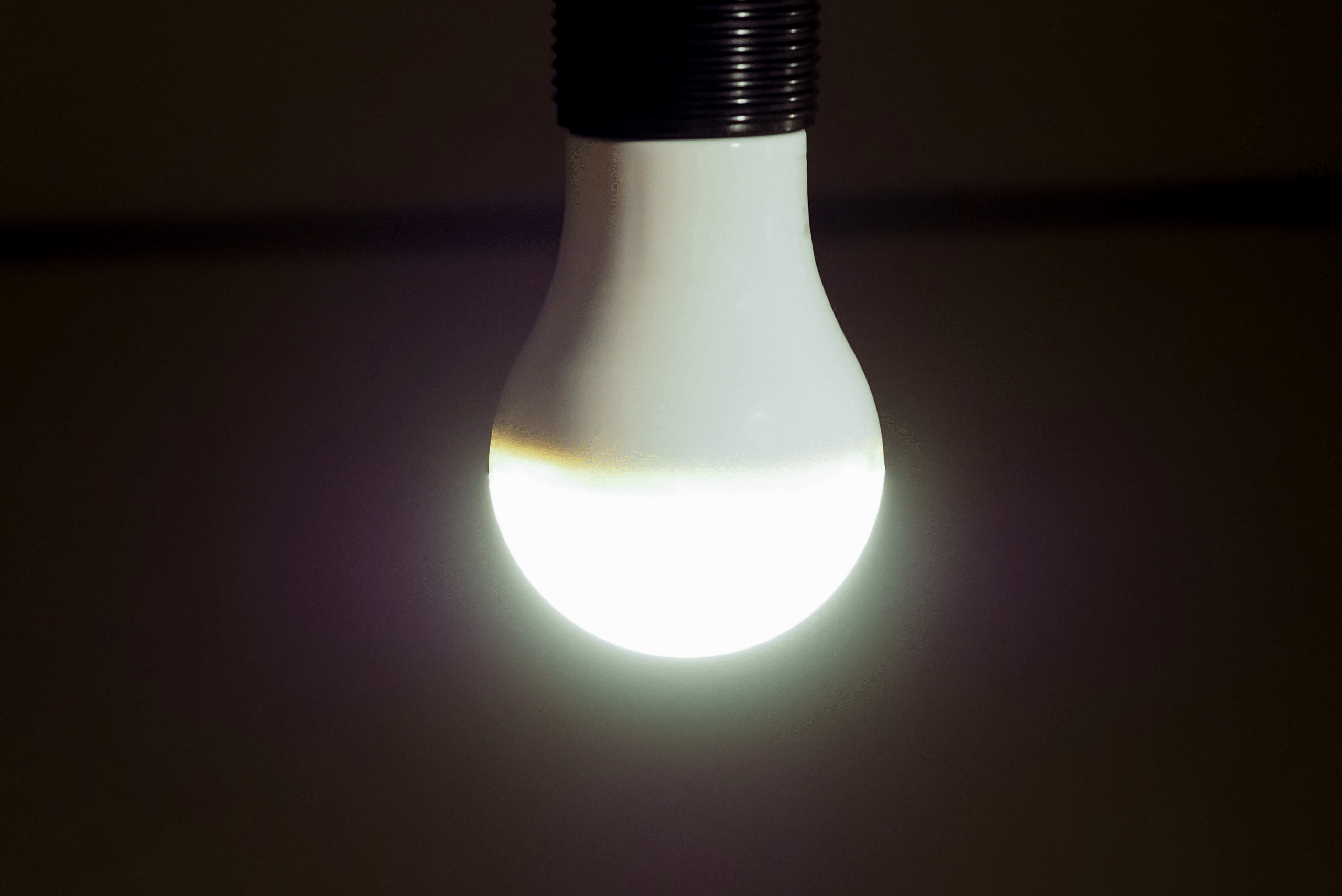
LED lighting offers numerous advantages over incandescent bulbs. One of the most notable is their energy efficiency. LEDs consume significantly less power, converting most of the energy into light rather than heat. This efficiency results in lower electricity bills and a reduced environmental impact, making them a more sustainable choice.
Another benefit is their versatility. LEDs are available in various colors and can be designed to emit light in specific directions, reducing the need for additional reflectors or diffusers. This directional lighting is particularly useful for task lighting in DIY projects, ensuring that light is focused where it’s needed most.
The Drawbacks of LED Lighting
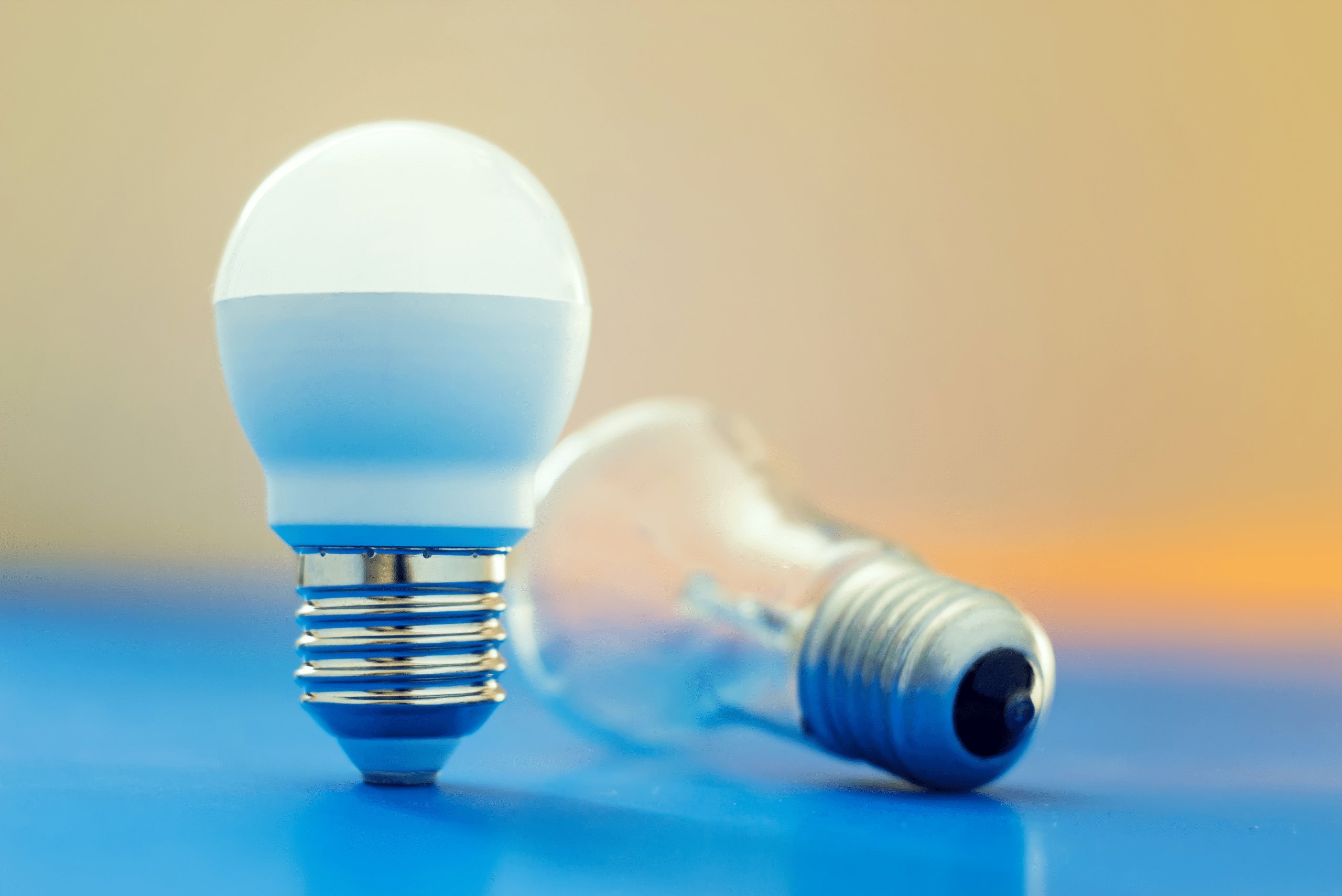
Despite their many benefits, LEDs have some downsides. The most significant is their initial cost. LED bulbs are more expensive upfront compared to incandescent bulbs. However, this cost is often offset by their longer lifespan and lower energy consumption, resulting in long-term savings.
Another consideration is compatibility. Traditional dimmers designed for incandescent bulbs may not work with LEDs, requiring you to invest in compatible dimmer switches. Additionally, while LED technology has advanced significantly, some cheaper models may produce a harsher light, which might not be suitable for all applications.
Practical Applications: Where Each Light Shines
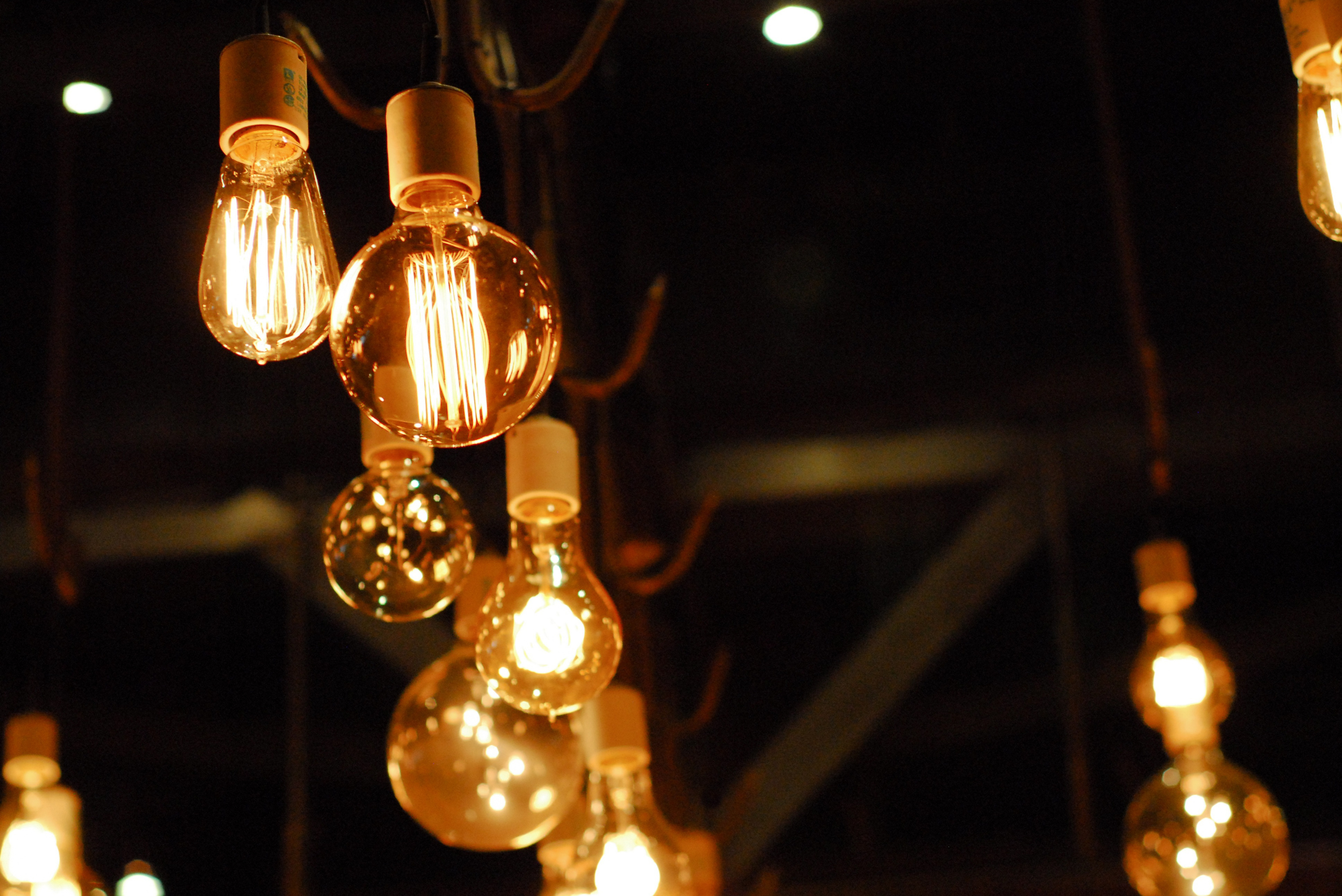
Incandescent bulbs are ideal for applications where color accuracy is crucial, such as in art studios or makeup stations. Their warm, natural light enhances the appearance of colors, making them a preferred choice for these tasks. Additionally, their low initial cost makes them suitable for temporary or low-budget projects.
On the other hand, LEDs are perfect for areas requiring long-lasting, energy-efficient lighting. They are commonly used in kitchens, workshops, and outdoor spaces where reliable and bright light is essential. Their durability and low maintenance make them ideal for hard-to-reach places, reducing the hassle of frequent replacements.



